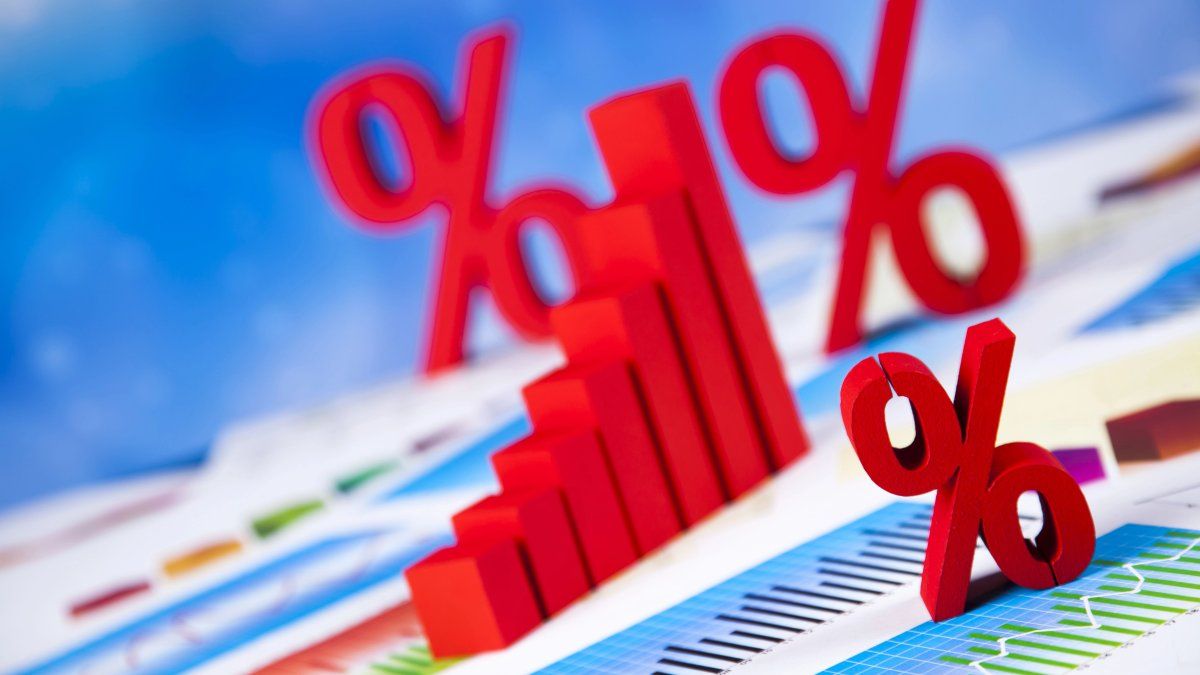Donald Trump’s return to the White House could trigger a reflation processthat is, a return of inflationary pressure in the United States leveraged by the new president’s next economic policy. The return to financial markets could be swamped by this impulse. Is Minister Luis Caputo’s plan in danger?
We have to travel back in time to the Great Depression of the 29th year of the last century to come across a first reference, since it was the economist Irving Fisher who coined the term in his work Reflation and Stabilization of 1934. In it he described how expectations of economic growth were accompanied by inflationary pressures due to excess fiscal or monetary aid. Let us remember: reflation occurs when the State artificially stimulates the economy in order to accelerate activity.
DonaldTrump (REUTERS)2.jpg
Courtesy REUTERS
Donald Trump’s (inflationary) promises
There are numerous arguments that could preannounce a new cycle of inflation in the United States. The first, taxes. But also the increase in tariffs and the plan to expand public spending (deficit).
While he was president of the United States, Donald Trump cut taxes on the corporate sector from 35% to 21%. The Democratic administration tried, without success, to bring it to 28%, and in recent days, The now brand new president-elect promised that, if he returned to the White House, he would promote a new reduction in the corporate tax rate from 21% to 15%with an emphasis on companies that manufacture their products in the United States. Added to this promise are also specific tax reliefs for individuals: he promised to eliminate federal taxes on overtime pay, tips, and Social Security benefits. He also said he will boost the deductibility of state and local taxes.
Another measure that could boost speed is the increase in tariffs of up to 20% on each import that enters the US.to which a tariff of up to 60% would have to be added to all Chinese imports. He also maintained that he would promote a “100% tariff” on countries that stop using the US dollar to carry out foreign trade.
Needless to say, these committed tariffs would be added to those he implemented on a volume of almost $400 billion of imports, which included imports from China and steel and aluminum from several countries, when he passed through the White House. This increase in tariffs would lead to a promotion of national production, which would inevitably increase the cost and final price of the products.
The economy is growing and prices have already risen again
All this must be analyzed with the latest published data. Economic activity in the United States continues to grow, driven by consumption. The situation even today continues to be inflationary, there are increases in prices while the unemployment rate registers minimums. The salaries? They rise barely above inflation, but they rise.
An economy that, despite high interest rates, remains in good shape (in the third quarter, the US economy expanded by 2.8% annualized), added to the wage increase, the expansion of public and private consumption and an extraordinary performance of exports raises questions about the future of prices.
The FED’s rate cut slows down: the flight to quality
In recent hours, Trump’s promises accelerated a moderation in expectations of rate cuts by the Federal Reserve (FED), which led to an increase in the yield of Treasury bonds, something bad for the yield of securities. emerging market bonds. This Wednesday it started the meeting of the Federal Reserve (Fed) in which it will decide on US monetary policy. It is expected, by broad consensus, that the Federal Open Market Committee (FOMC, in English) reduces its reference interest rate.
With a dollar that remains at high levels (It climbs strongly in the last hours and hits the regional currencies that depreciate) and the consequent drop in the prices of stocks, bonds and commodities, the question is about the future of Argentine assets, especially sovereign bonds that trigger country risk, soybeans and oil. A slowdown in the FED’s interest rate reduction could once again drive a rise in quality and the outflow of capital from these markets.
Everything heralds a new inflationary era in the northern country. In the last few days, statistics marked a slight rebound in implicit inflation: The general PCE rose 0.2% m/m and 2.2% year-on-year. The PCE Core and the Super Core (which is measured without taking into account housing) registered increases of 0.25% (month over month) and 0.31% (month over month), which implies the worst result in the semester .
Source: Ambito




